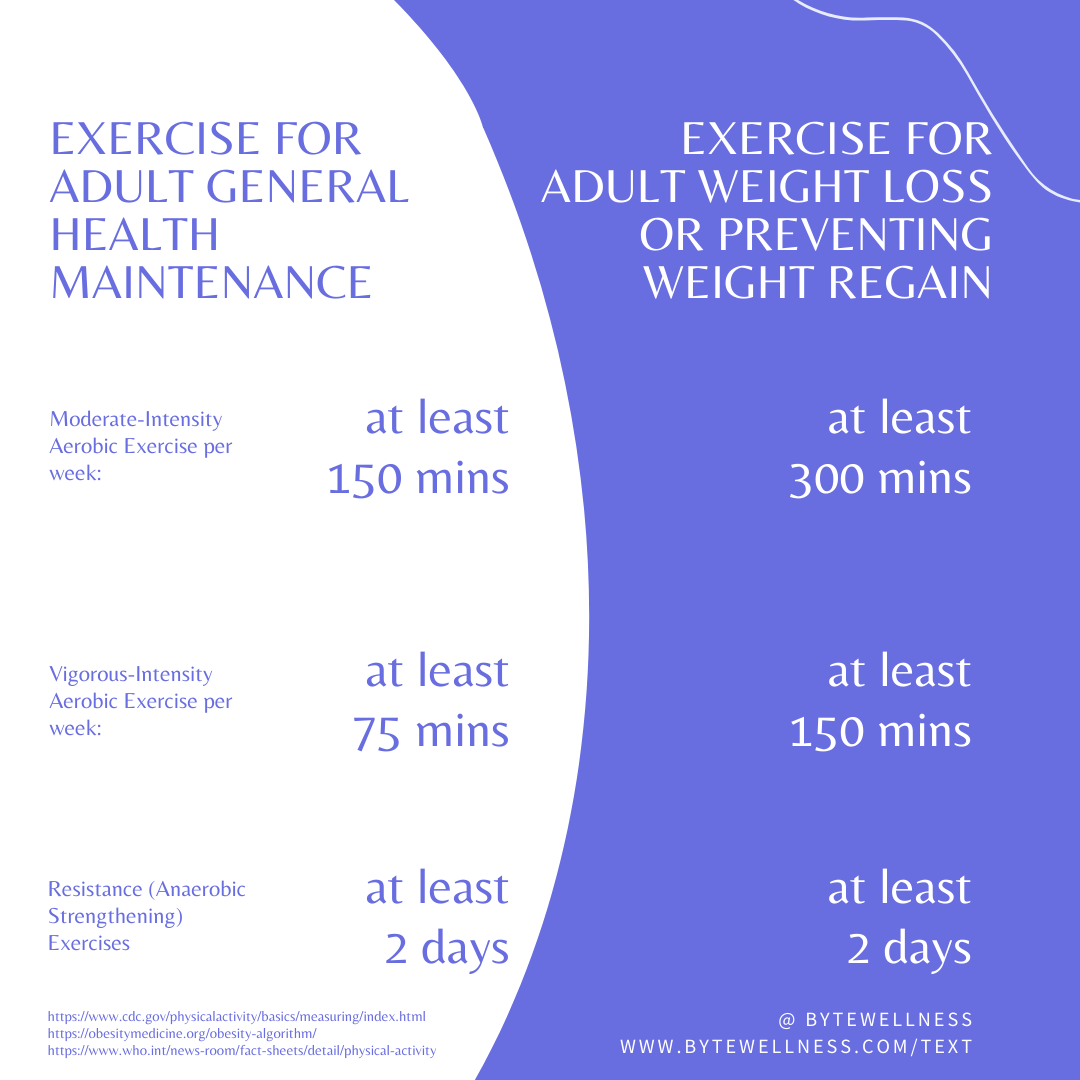Who Should Workout 7 Days a Week?
Happy Fall, Fam!
You know the year is almost over when Holiday season starts. That sweet spot between Halloween and Thanksgiving might feel like the last chance you have to rest before cooking and traveling and gift-giving take over for the rest of the calendar year.
But, don’t forget to claim your power. Even in the busiest of times, you can prioritize rest. Whether it’s as complicated as re-arranging our schedule to get more hours of sleep or as simple as taking 30 seconds to do deep breathing exercises, there’s always SOME way to maximize our rest time.
Speaking of maximizing time, make sure you fit regular physical activity into your schedule during these holidays.
I’m sure I don’t need to remind you that getting enough physical activity is just as important as getting enough rest. It’s all about balance.
And, that’s what this week’s conversation was about. In the Daily Wellness Text Chat, we broke down 2 more discussion questions (below) and reviewed exercise recommendations for weight loss.
You can join the Daily Wellness Text Chat by clicking here or sending TEXT to 1(224)302-6224.
Discussion Questions for This Week
What is your reason for moving more this month: weight loss, better overall health & fitness, lower disease risks, more energy?
Physical activity benefits our bodies and minds so much, that there are tons of valid reasons to move more. Identifying your reason for moving more (your WHY) helps keep you on track to reach your activity goals.
How motivated are you?
Measure your motivation on a scale of 0-10 where 0 is “I don’t want to move more at all” and 10 is “I’m very motivated to move”
Scroll down to see how much cardio time is recommended to get the best result in weight loss.
**Even though exercise regimens are generally thought of as pretty benign, some people should not start a vigorous-intensity exercise program before talking with their doctor to stratify their risk for a heart attack. People who fall into this category are those who have increased risk of heart disease (based on family history or personal factors). Your doctor will decide whether you need a full heart check-up (also known as a cardiac evaluation) before increasing your exercise intensity to “vigorous” levels. Your evaluation could involve an EKG, a stress test, or a more invasive angiogram.**
Do I Have to Workout 7 Days a Week?
Last week, we reviewed the CDC’s recommendation for Physical Activity. These guidelines are broken into cardio (aerobic) exercises and resistance (anaerobic) exercises.
The word cardio refers to “cardiovascular exercises” or physical activity that increases your heart rate and quickens your breathing. These increase your aerobic endurance.
Resistance exercises for strength training are considered anaerobic. Their primary goal is to build muscle, not to stress your heart and lungs. Weight lifting is an example of anaerobic exercise.
The CDC’s guidelines for physical activity apply to the American adult population, in general. They’re meant to help the average person without chronic diseases maintain their healthy weight and support heart health by increasing aerobic endurance.
But, there is a different set of guidelines for people who suffer from overweight or obesity and/or lifestyle-related chronic diseases.
Basically, folks who need to lose weight or who have lost weight and need to avoid re-gaining it have a higher level of exercise recommendations.
Organizations like the Obesity Medicine Association recommend this much exercise for people who need to lose weight or prevent weight regain:
at least 300 minutes of moderate-intensity exercise per week
OR
at least 150 minutes of vigorous-intensity exercise per week
PLUS
at least 2 days of resistance exercises (to maintain muscle mass during fat loss)
So do you need to workout every day? Let’s do a thought exercise on exercise frequency. Exercise frequency refers to the amount of exercise you get within a specific time period. Most exercise guidelines define exercise frequency in terms of how many minutes of exercise you get each week….
There are so many ways to break up 300 minutes of moderate-intensity exercise each week:
The most obvious way to get 300 minutes in every week is to do 1 hour of exercise 5 days per week. Then, add your 2 days of resistance exercises (don’t forget those!). Suddenly, you’ve committed to a workout 7 days a week.
Of course, if you can’t find 1 hour per day to exercise, you can upgrade your intensity to vigorous exercise and cut your workout time in half. 150 minutes of vigorous-intensity exercise each week looks like:
2 days of 1-hour workouts, then 1 day of a 30-minute workout, plus your 2 days of resistance exercises.
Or, if you’d prefer to keep a regular workout schedule and exercise every day, try 30 minutes a day for 5 days plus 2 days of resistance exercises.
Check out last week’s Self-Love Letter where we define vigorous exercise and the post before that one where we answer the question: “why should you exercise?“
What’s Your Workout Routine?
Are you someone who’s trying to lose weight or prevent weight regain? Are you trying to manage your type 2 diabetes (or pre-diabetes), high blood pressure, heart disease or stroke? If so, do these exercise guidelines match what you do now?
What has to change for your activity levels to match these guidelines? Think about it…
We’ll talk more next week.
Happy Healthy Living,
Dr. Wuse
*Remember, these conversations are meant to educate you on how your habits can affect your health. What’s written here can not be used as a substitute for medical care and should not cancel out the advice you’ve gotten from a healthcare provider.

